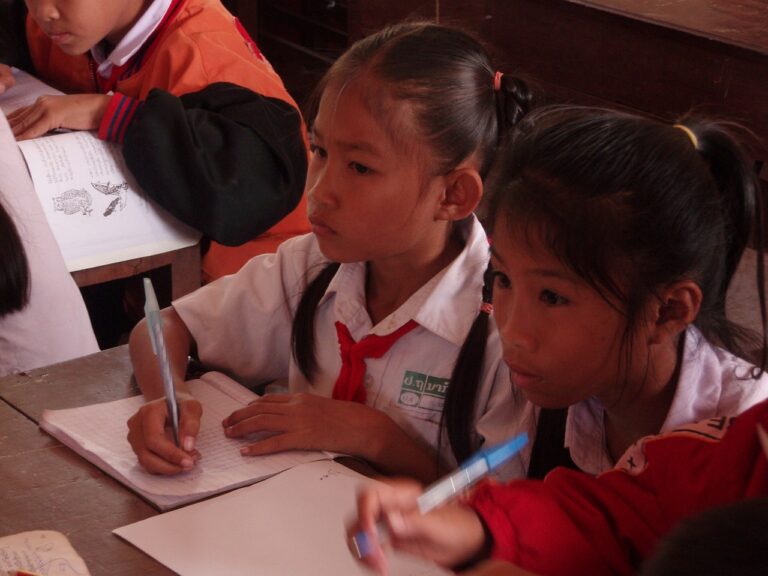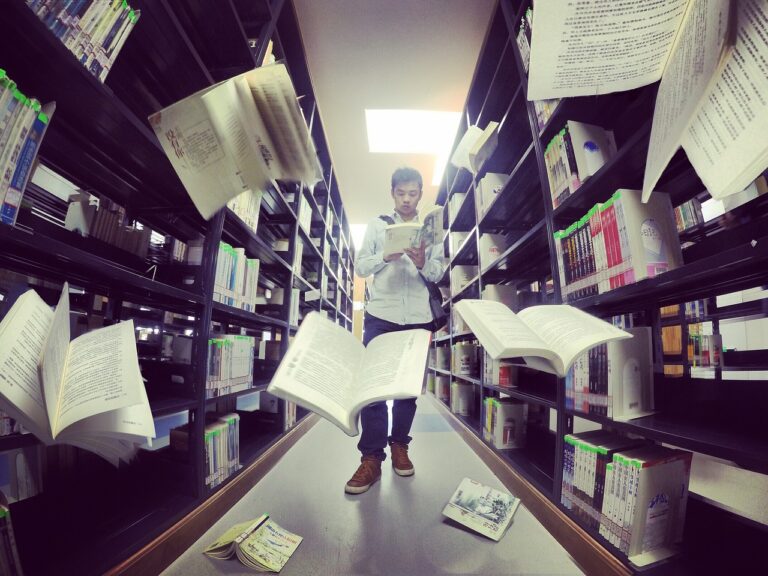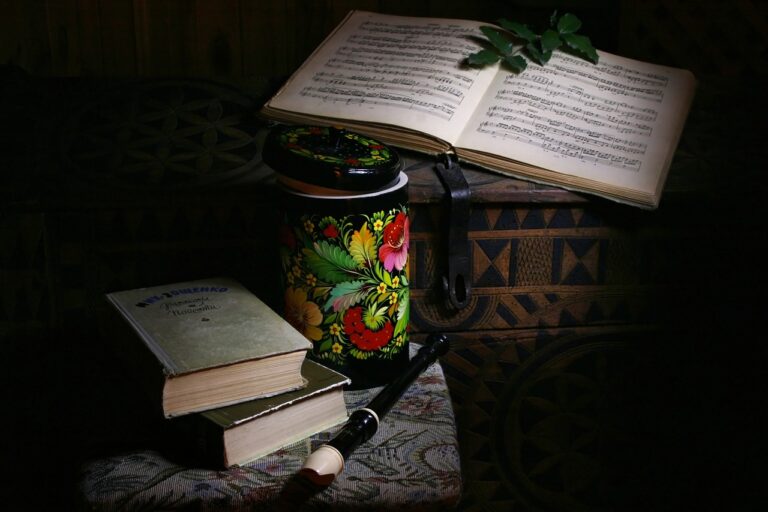Integrating Arts-Based Pedagogies into Teacher Training Curricula: Cricbet99.com sign up, Sky1exchanges login, Cricket bet99
cricbet99.com sign up, Sky1exchanges Login, cricket bet99: Integrating Arts-Based Pedagogies Into Teacher Training Curricula
Are you looking for innovative ways to enhance your teaching skills and engage your students in the classroom? Incorporating arts-based pedagogies into teacher training curricula could be the answer you’ve been searching for. By integrating creative practices such as music, visual arts, drama, and dance into your teaching methodology, you can create a more dynamic and interactive learning environment that promotes student creativity, critical thinking, and collaboration.
Arts-based pedagogies have been shown to have a positive impact on student learning outcomes, as they provide opportunities for students to explore complex concepts in a hands-on and experiential way. By incorporating arts-based activities into your teaching practice, you can help students develop essential 21st-century skills such as creativity, communication, collaboration, and critical thinking.
So, how can you integrate arts-based pedagogies into your teacher training curricula? Here are some key strategies to help you get started:
1. Embrace Creativity: Encourage teachers to think outside the box and explore new ways of delivering content through creative mediums such as music, art, and drama.
2. Collaborate with Artists: Partner with local artists and arts organizations to bring their expertise into the classroom and expose teachers to different art forms and techniques.
3. Incorporate Arts-Based Activities: Include hands-on arts-based activities in your teacher training sessions to give teachers practical experience with integrating creative practices into their teaching.
4. Provide Professional Development Opportunities: Offer workshops, seminars, and conferences focused on arts-based pedagogies to support teachers in developing their skills and confidence in using creative methods in the classroom.
5. Foster a Culture of Creativity: Create a supportive and nurturing environment that values creativity and encourages teachers to experiment with new ideas and approaches.
6. Reflect and Evaluate: Encourage teachers to reflect on their experiences with arts-based pedagogies and evaluate the impact on student learning outcomes to continuously improve their practice.
By integrating arts-based pedagogies into teacher training curricula, you can help educators develop the skills and confidence they need to create engaging and interactive learning experiences for their students. By embracing creativity and exploring new ways of delivering content, teachers can inspire their students to think critically, communicate effectively, and collaborate with their peers. So why not take the leap and incorporate arts-based pedagogies into your teacher training program today?
FAQs
Q: Will integrating arts-based pedagogies into teacher training curricula require additional resources?
A: While incorporating arts-based pedagogies may require some initial investment in training and resources, the long-term benefits for both teachers and students make it a worthwhile endeavor.
Q: How can I assess the impact of arts-based pedagogies on student learning outcomes?
A: You can use a variety of assessment tools such as student surveys, observations, and student work samples to evaluate the effectiveness of arts-based pedagogies on student learning outcomes.
Q: What are some examples of arts-based activities that can be incorporated into teacher training curricula?
A: Examples of arts-based activities include creating visual art projects, composing music, writing and performing plays, and engaging in dance and movement exercises.







